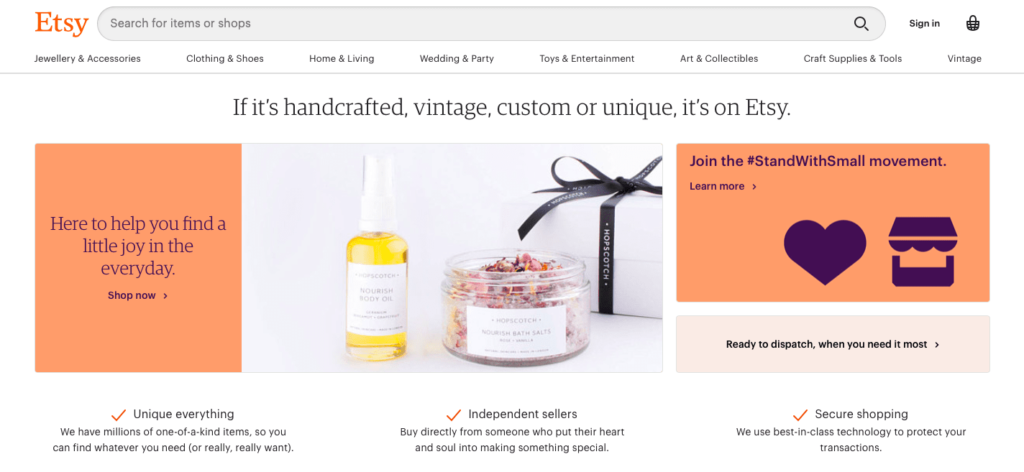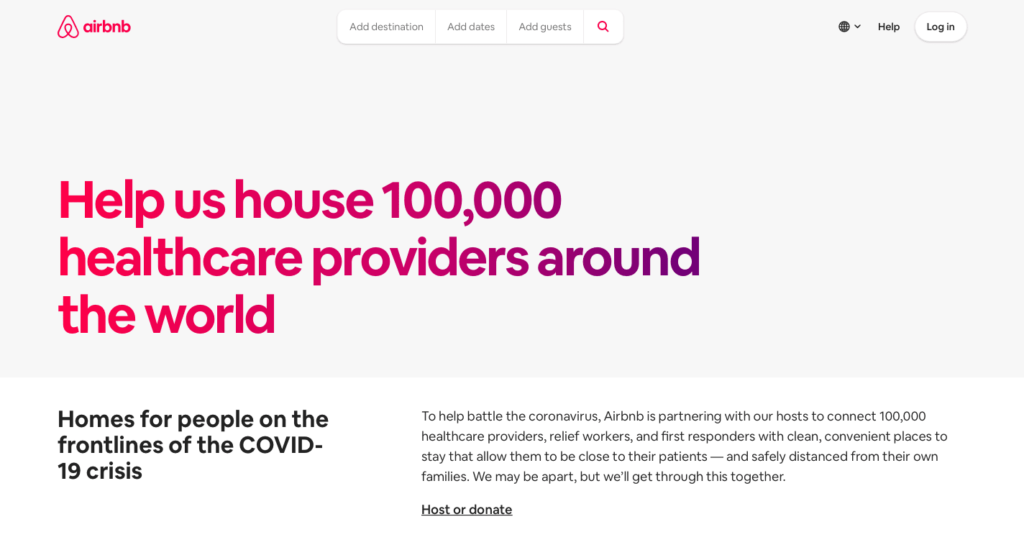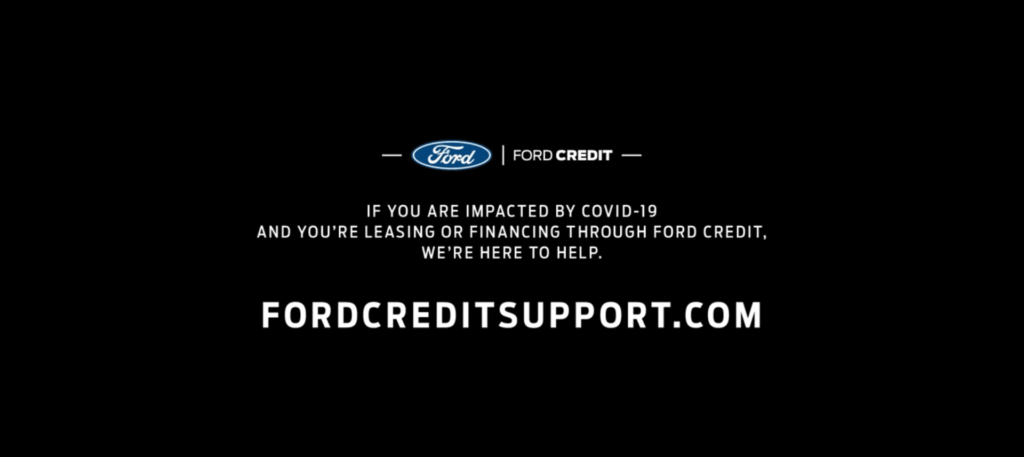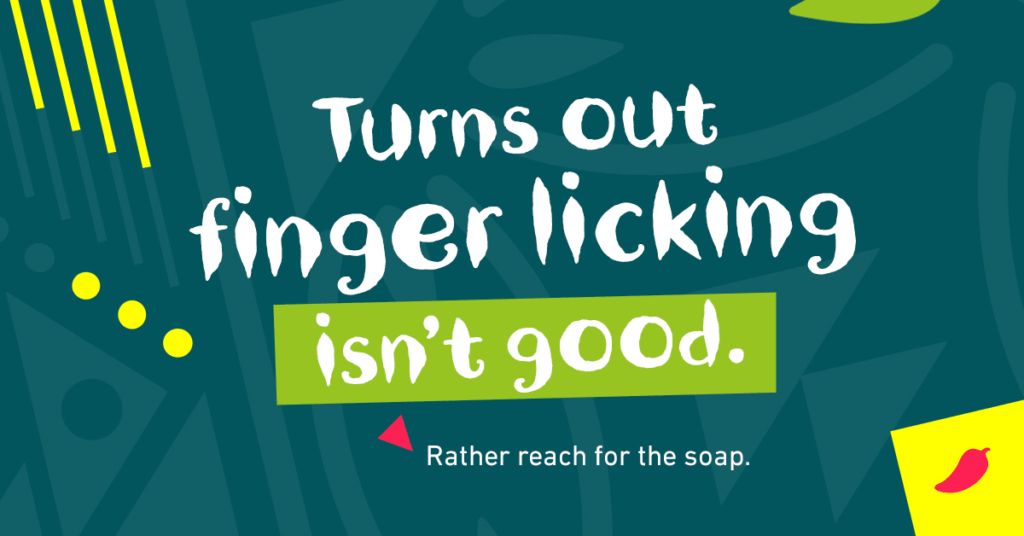Like many other industries, email marketing is also greatly affected by COVID-19. Subscribers react differently to emails and suddenly have different wants and needs. This affects your most important KPI, email deliverability. How can you adapt to this shift, and make the most out of this new situation? Read on to find out.
Things are a bit strange right now, aren’t they?
We’re heading into uncharted waters with this pandemic, and nobody is quite sure what lies ahead.
What’s strangest of all from a marketing point of view is that, suddenly, everyone is sailing in the same direction.
These waters may be uncharted, but they’re also very crowded.
Right now, millions and millions of emails are flying around the globe. What happens to average email deliverability rates when
- Remote workers are emailing one another rather than calling across the office.
- Governments, non-profits, health services, charities, and research centers are sending out regular bulletins to hundreds of thousands of subscribers.
- Brands are doing their best to keep their subscribers up to date.
At the same time, organic traffic has also doubled when compared with 2019. This presents a massive increase in a captive audience who are seeking more information. Making it more important than ever that brands use email to keep in touch with subscribers.

The complete
deliverability
handbook
Read the most significant, most organized volume of information written about email deliverability.
To do that, brands will need to reassess their email marketing efforts with these questions in mind:
- How can you cut through the noise and make sure that your emails are standing out?
- How can you improve email deliverability rate despite everyone’s efforts?
- How can you convince ISPs that your email is worthy of reaching the inbox?
You might think that these questions are the same questions email marketers should ask themselves on a regular basis, and you’re right.
But cutting through the clutter in everyone’s inbox in these times, might look totally different in this increasingly changing context.
Improving email deliverability during Covid-19
Take a bottom-up approach.
Concentrate on what you can do
During high-traffic times and times of crisis, it may not be (as) possible as usual to chase profits.
But that doesn’t mean you can’t use this time to build your sender reputation (and therefore deliverability).
Rather than worrying about what you can’t do, make sure that you do what you can.
For example:
List growth
Take this opportunity to revamp your list-building processes.
Look through your landing pages and sign-up forms, and make them as relevant and valuable as you can.

Etsy and Airbnb are great examples for updating their landing pages to be relevant.

Also, make sure to enhance your CTAs and invest some time in making your subscription forms as clear and enticing as possible.
List scrubbing
Email hygiene often gets neglected, but a clean list is essential to deliverability.
Reduce your chances of falling into spam traps by giving your email list a thorough spring clean.
Considering customer relationships
I could have said ‘building customer relationships’ here.
And, yes, building customer relationships is always important for deliverability.
But think about the wider context for your customers. The temptation when concentrating on this kind of thing is to send empathetic ‘How are you doing?’ messages.
Something you should definitely do on a regular basis, but if you haven’t, consider how your customers will respond to this sudden change in approach?
Are they really going to appreciate a check in from your brand? How many similar emails are their inboxes getting bombarded with right now?
Sure, being human and building relationships is key at this time – but you’ll have to do better than signing the email with “Your friends at XYZ”.
Digging into your analytics
Analytics are the key to improvement. That’s why it’s essential to have a review on performance as an ingrained habit.
Knowing your customers means digging deep into your segments, engagement metrics, and customer personas.
Don’t be afraid to improve your performance on a technical level by checking deliverability metrics across different devices, servers, and clients.
It could be that you discover engagement levels are lower to certain email clients or with particular customer segments.
Doing this important detective work can lead to more relevant and engaging email messages, which in turn, will improve email deliverability.
For tips on how to draw actionable insights, here’s our guide.
Be agile with your automations
The last thing an overloaded server needs is a ton of unnecessary automations queueing up.
At this time of crisis, it’s vital to be agile. To maintain deliverability you can’t sit back and let the bots carry on as usual.
Right now, you should be pausing and adapting automations like invitations to physical gatherings (which may now be taking place online).
Remember also that graphics showing people hugging are going to land way off.
Don’t leave anything to chance – things are changing minute by minute and you must be able to manually adjust at speed to keep up.
But besides graphic and tone change, you should also focus on what’s actually valuable and necessary.
You need to streamline your automations for maximum effect. Cut out anything that is:
- No longer relevant to your customer.
- Not vital for your customer’s journey.
- Of no direct and immediate value to your customer.
We’ll be going into what is and what is not relevant and valuable a bit later. But, for now, do be prepared to pause some automations and adjust the tone of your campaigns.

Consider customer fatigue
High traffic almost always means customer fatigue in some form or another.
The more you receive something, the sicker you get of it. That applies as much to email as to anything else. Especially when (as now) that traffic is all carrying one topic.
For example, we’ve seen that subject lines containing ‘Covid 19’ or ‘Coronavirus’ are being blocked by ISPs. There are a few reasons for this.
One is that cybercriminals are taking full advantage of this crisis. But another is that people are simply tired of inboxes stuffed with near-identical subject lines – so they’re sending emails with these subject lines to spam, in bulk.
That doesn’t mean you shouldn’t address crisis points.
But there’s a difference between sending out a creative, relevant, and empathetic email and a less targeted, less relevant offering.
Look into your segments, study your customer personas, and think about what these people really want and need to hear from you.
The better targeted your content is, the higher your sender reputation will rise.
Again, we’ll be going into this in more detail further down. But the bottom line is this: relevance is king. It always is, frankly – but now more so than ever!
Send out relevant, targeted, useful content and your subscribers will reward you for it.
Be human
Human voices are always the ones that win in the deliverability race. Always, whatever the circumstances.
A lot of ‘being human’ in emails is about the tone and language you use. Depending on your brand and your brand voice, an informal ‘chatty’ style may or may not be appropriate.
But you can always adjust your language to suit your audience, and even the circumstance.
If you’ve done your analysis, you should have some idea of the kinds of human concerns and preferences your audience has.
Address those concerns. But also think about the kind of thing that may not have shown up in analytics before.
For example, right now a lot of supermarkets are having to adjust their messaging in double-quick time to account for vulnerable and isolated customers who can’t get to the store and are struggling to book delivery slots.
Issues like this will require creative solutions with both your messaging and strategy.
If you walk in your client’s shoes, you’ll find what they’re dealing with.
Again, this may involve going back to analytics – but it’s also important to sound human. If you were your customer, what would you want and expect from your brand? What issues would be concerning you? What changes would you need to see?
Pay attention to the details
Standing out in the inbox is harder during high traffic and times of crisis.
Nailing the finer details can really help. For example:
Validate your sender name
And think about how it appears to your customers. Clarity is very important – so make sure that your sender name is clearly connected to your company.
You can take your sender name to the next level by implementing BIMI among other authentication protocols.
Sort out your preview text
Your preview text needs to further back up that this is a legitimate message from a legitimate company.
None of that “if you can’t see this email properly” stuff – work on preview text which leads into the main subject of the email.
Implementing Gmail Annotation can help give you an extra push in case your emails end up in the Promotions tab.
Optimize across all devices
For improved email deliverability, your emails need to load across a variety of devices and resolutions. Segmenting according to device/operating system etc can really help with this.
Consider your usual sending pattern
ISPs will notice high-volume sends which aren’t in line with your normal patterns. If you need to ramp up your sending volume, be sure to follow IP warming best practices.
Monitor your email metrics extremely closely
You need to be paying minute by minute attention to how your deliverability and engagement metrics are performing. The quicker you notice something going wrong, the quicker you can fix it.
Leverage higher engagement rates
More engaged customers are always going to be better for your sender reputation than others. Use these customers to offset any slump to your average engagement metrics during this high-volume send period.


via email
By signing up you are agreeing to our Terms of Service
Your data will be handled in accordance with our Privacy Policy
Email Marketing during Covid-19
As always, one of (if not the) best ways of keeping a high sender reputation and good deliverability is to send out great content.
But what does great content look like during a pandemic?
Here, we’ll go into some specifics which will help marketing departments to tailor their content in a relevant and valuable way during this crisis:
Don’t shy away from the issue
The messaging we use during this crisis will set the tone for any similar events in the future (although hopefully it won’t have to!). So, no pressure. 🙂
It’s tempting to try and keep things nice and normal – to talk to your customers as though nothing has happened.
After all, we’re all sick of hearing about Covid 19, right?
Well, not quite.
According to an Ace Metrix survey, 86% of consumers are ok with brands advertising during Covid 19 – so long as it’s done sensitively.
In fact, many consumers prefer it if brands work with the reality of this weird new world rather than carrying on as normal.
Pretending that everything is hunky-dory makes it seem as though you are (at best) minimizing a very serious issue or (at worst) just don’t care about the problems people are facing right now.
Brands which have come right out and tackled the subject have been praised.
For example:
Ford
Ford were the first to directly reference Covid 19 in their messaging.
Their willingness to address the weird new world head-on on rather than burying their heads in the sand was very well-received by customers.

Using a combination of strong visuals and a strong but sensitive message, Ford has set the tone for marketing in these strange times.
Nandos South Africa
They took a slightly different take, but one which was just as effective.
With a clever, quirky, and timely take on KFC’s famous catchphrase, Nandos’ finger licking isn’t good posts raised smiles all over the world.

Everyone needs a smile during this stressful situation, and Nandos pitched it perfectly.
Guinness
Faced with a St Patrick’s Day in which people couldn’t go to pubs, Guinness could have been headed for disaster.
But their sensitively handled St Patrick’s Day commercial really pulled it out of the bag.

Be relevant
While it’s generally important to be up to date with your messaging (which means not shying away from C19), it’s also important to be relevant.
While pretty much every person and every brand on the planet is affected by this crisis in one way or another, if the crisis isn’t having a direct impact on the way you and your customers engage, sending a dedicated Covid 19 email isn’t needed.
Remember what we said earlier about ‘Covid 19’ subject lines getting the spam treatment?
That’s partly because of the sheer number of irrelevant Covid emails flying about right now.
At the end of the day, marketing communications should be relevant to the customer, not vice versa. If you’re changing your operation in a way which affects your customers, this should definitely be addressed in an email as that is relevant to your customers. This will affect their interaction with your company.
But, if the customer’s experience of your service isn’t going to change – it wouldn’t be relevant to send a Covid 19 email.
For example, businesses like restaurants, supermarkets, delivery services and the like have a clear business-related need to tell their customers about the ways that their operation is changing during the crisis.
However, while a business like (for example) an online game vendor may need to alter its internal policies (so it may seem from the inside like enormous changes are happening!), if the end-user experience is the same, you really don’t need to send out a dedicated C19 email.
Again, this doesn’t mean that you should completely ignore the issue. By all means address Covid 19 in your usual communications, like putting a bit about it in your newsletter.

Brand responsibility
According to that same Ace Metrix survey we talked about earlier, 75% of consumers believe that brands have a role to play in flattening the curve. Which sounds like a scary amount of responsibility, right?
If you’re not in a position to do things like donating face masks or making hand sanitizer, don’t worry.
As long as you’re sending out relevant information that is of value to consumers, you’ll be doing the responsible thing.
What’s key is not to try too hard to drive sales. Yes, these are weird and troubled times, and every brand is worried about their profits.
This applies just as much to individuals as to companies.
It’s always been the case that pushing sales doesn’t generate income, but sharing value will.
Right now, being too sales-driven is likely to have a much more serious impact upon your brand reputation than you might expect.
Nobody has much spare cash. If people think you are trying to profit off the back of this crisis, you’re going to hemorrhage subscribers.
Tell people what you’re doing to keep your staff and customers safe. And, if you’re going above and beyond and using your brand power as a force for good in this situation, then by all means let your customers know!
A word of caution though – at times like this it is horribly easy to get the tone wrong.
You don’t want to come off as smug. Keep the focus on the end-user at all times and not on your brand. For example, if you’re donating to a hospital, focus on the hospital rather than on your brand.
Less ‘we’ and ‘I’, more ‘they’ and ‘you’.
Remember, a lot of what you’ll be doing is just basic human decency.
For example, if you’ve furloughed staff on full pay, there’s no need to proudly email your subscribers about that. Boasting about showing basic humanity will make your subscribers wonder why you think it’s so astonishingly extra just to do the right thing. Not a good look.
Don’t add to the noise
Do a quick search for ‘Covid-19’ and ‘Coronavirus’ in your inbox.
I’m willing to bet that you’ll get several pages of results.
Now head to the front page of any major news site. How far down do you have to scroll before you hit any story that’s not pandemic-related?
The point I’m trying to make is that there is a ton of information out there.
Is your take on this really all that necessary? Or are you just adding to the noise?
Information is really important during a crisis, and brands need to keep their customers informed.
But it’s also easy to get carried away with the wave of information and opinion. Before sending out a Covid-related email, ask yourself these questions:
- Is it necessary?
- Is it relevant? (see our tips in #2)
- Is it valuable?
The last one can be difficult to work out.
Often, you may think that you have a great insight into the crisis, or a valuable piece of content which could help your subscribers.
But remember – they are currently being bombarded on all sides with information and opinion on this topic (much of which is conflicting and contradictory!)
Digging a little deeper into that question of ‘value’, here’s what to ask yourself when you’re thinking of sending out some editorial or thought-leadership content on the crisis:
- Are you or your brand experts in this field? (If not – don’t send the email!)
- Do you or your brand have a precedence for sharing news and/or advice like this? (If not – don’t send the email!)
- Would you normally send your subscribers editorials and advice on current events? (If not – don’t send the email!)
The Email Marketing Activity Book for Kids

Summary
The usual rules of deliverability apply during times of crisis and high-traffic – but even more so.
- Be creative.
- Make sure that your list is clean.
- Pay close attention to your subject lines.
- Do everything you can to maintain a good sender reputation.
- Send out content which is relevant and valuable to them. If you’re not sure what that is – do some research.
What this means in practice is being attentive to the needs of your subscribers.
This isn’t the time to push sales and chase profits. But it can be a useful time all the same.
If you can get your messaging and tone right, this is a great opportunity to build your list and to strengthen and deepen relationships with your customers.
You could well come out the other side of this strange time with an enhanced sender reputation and lots of very loyal subscribers.














